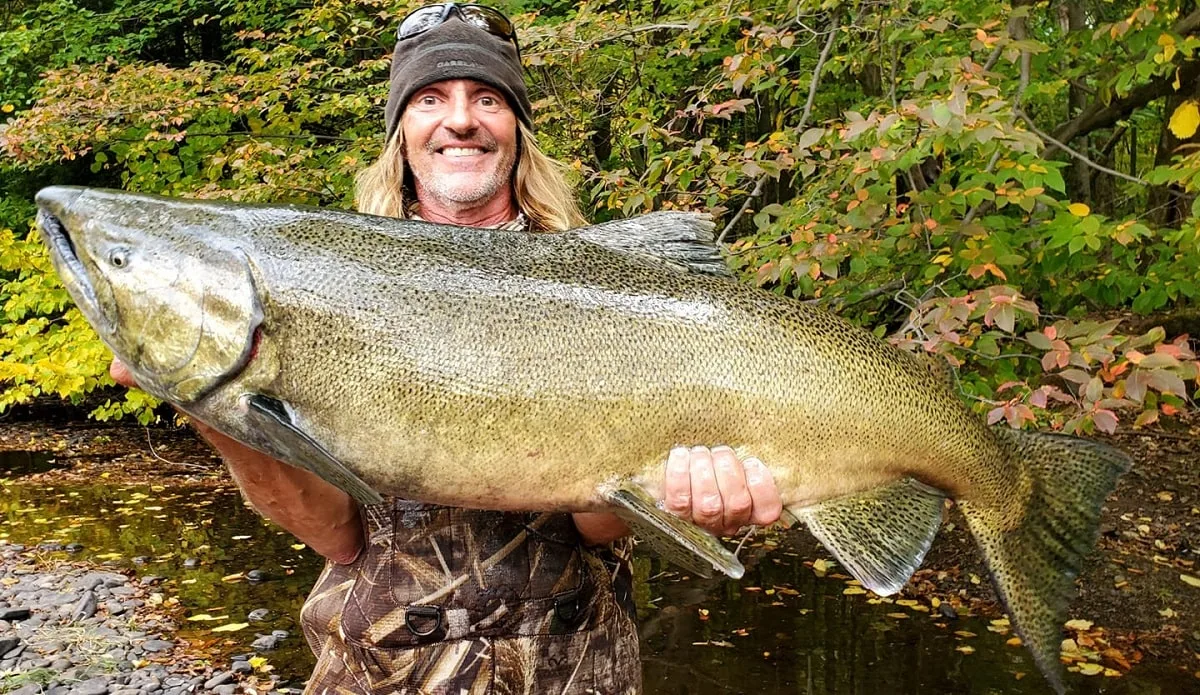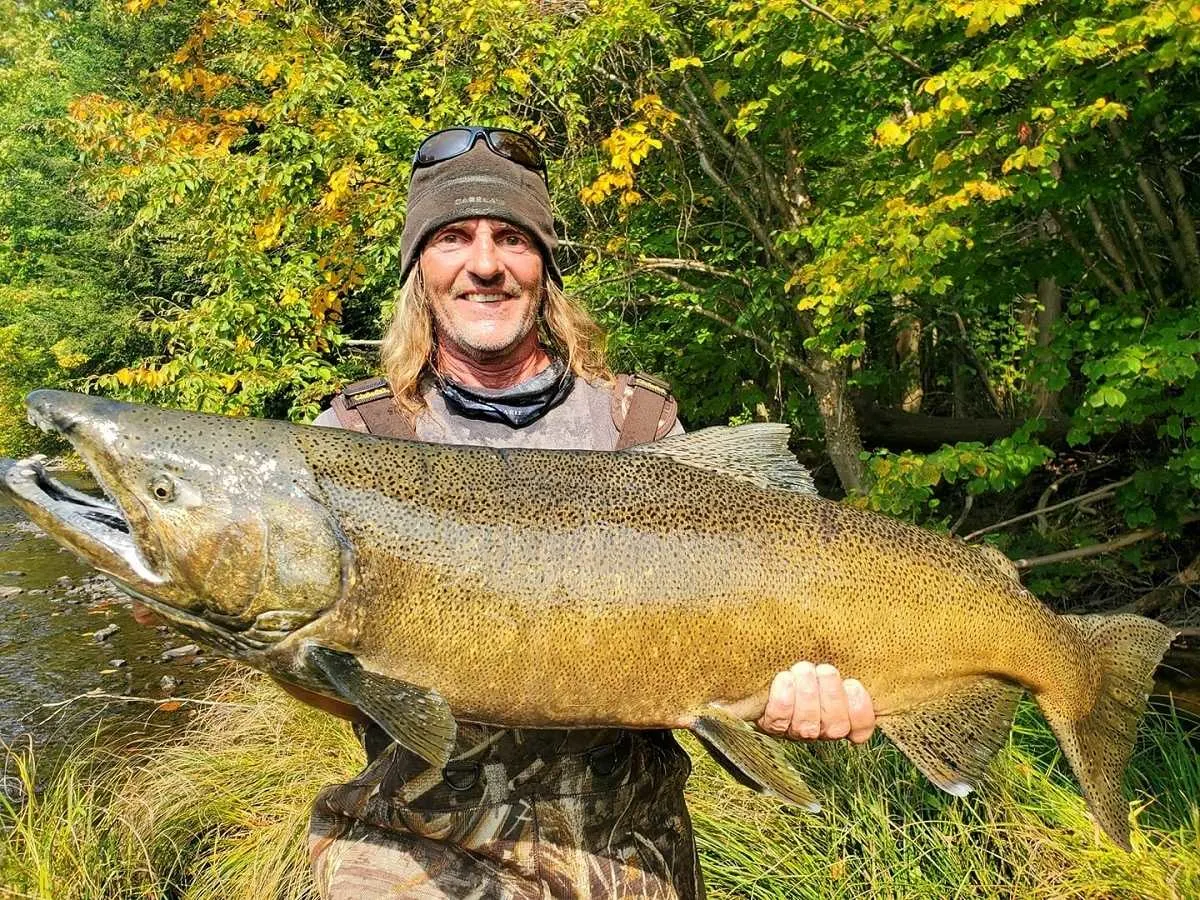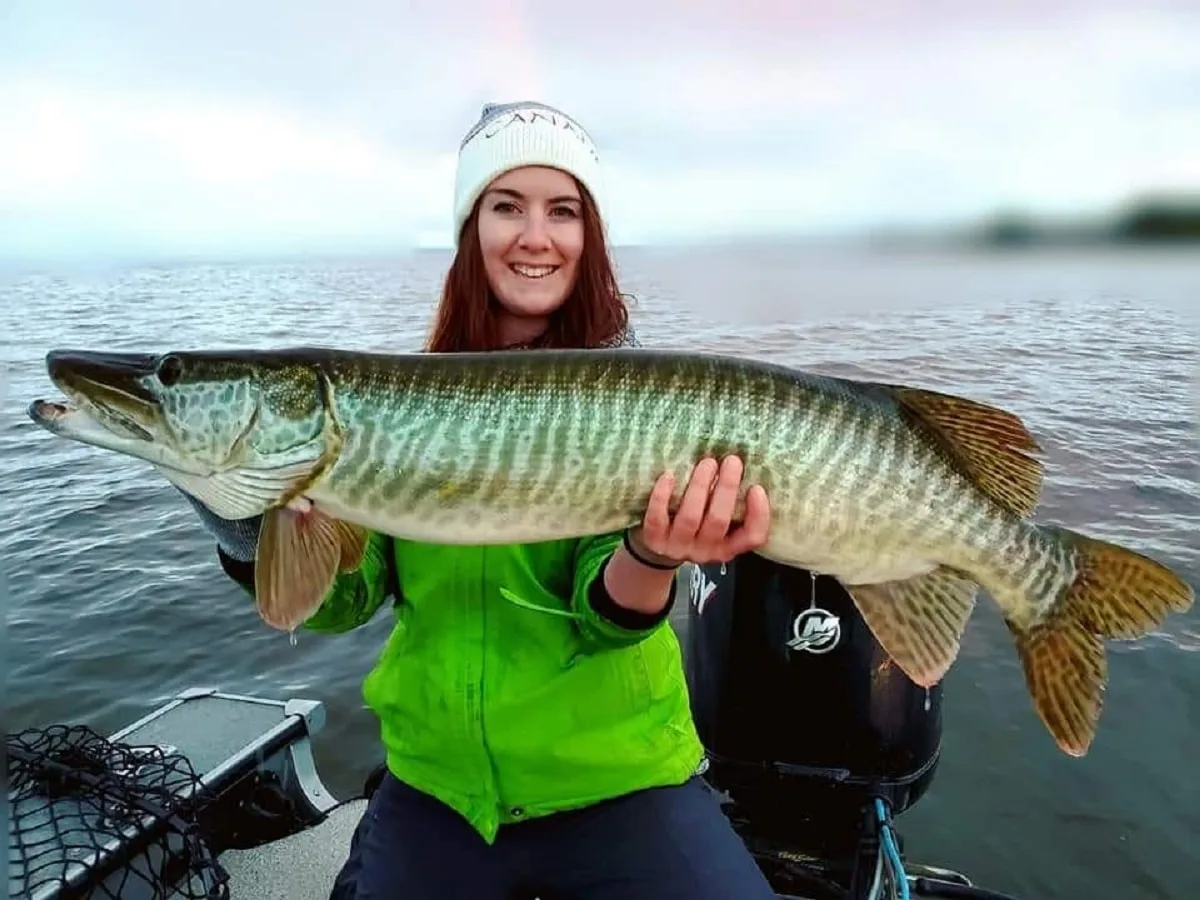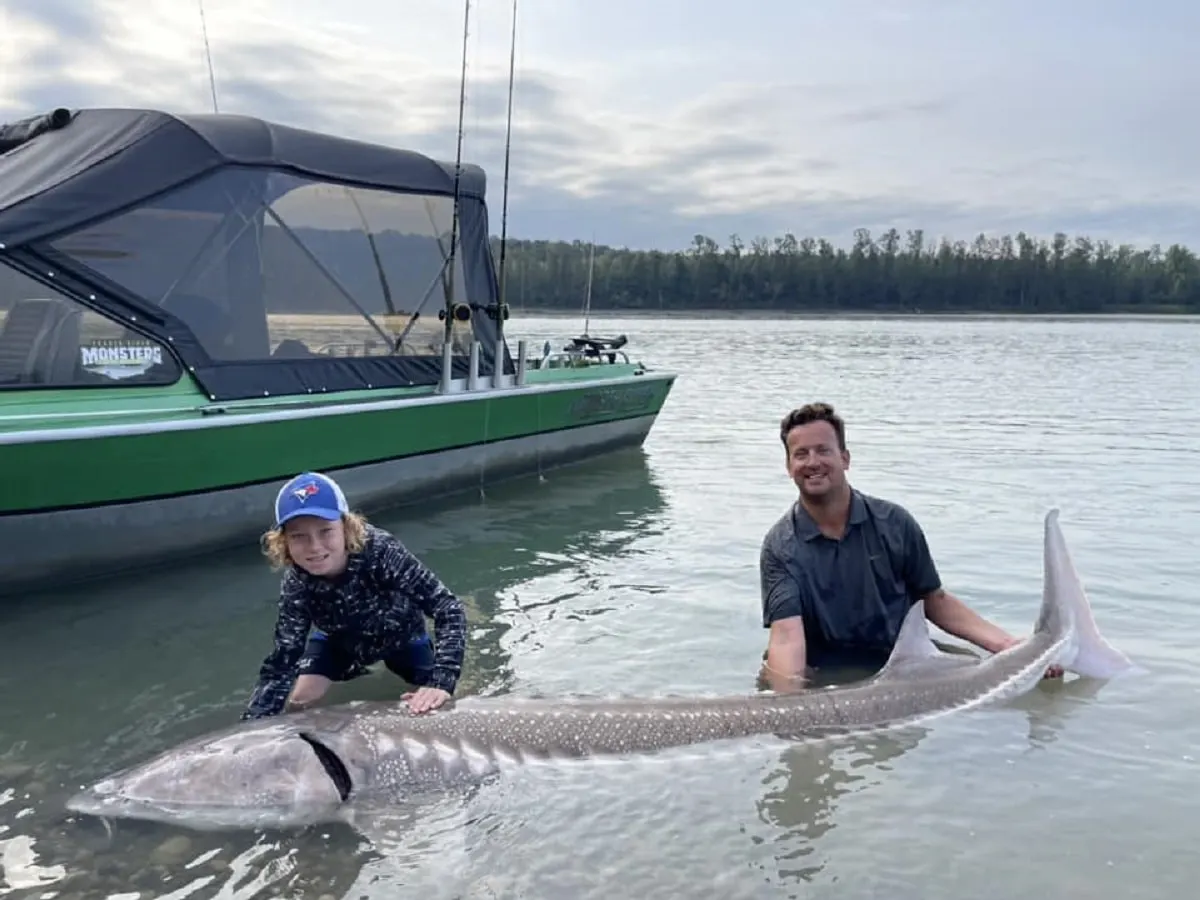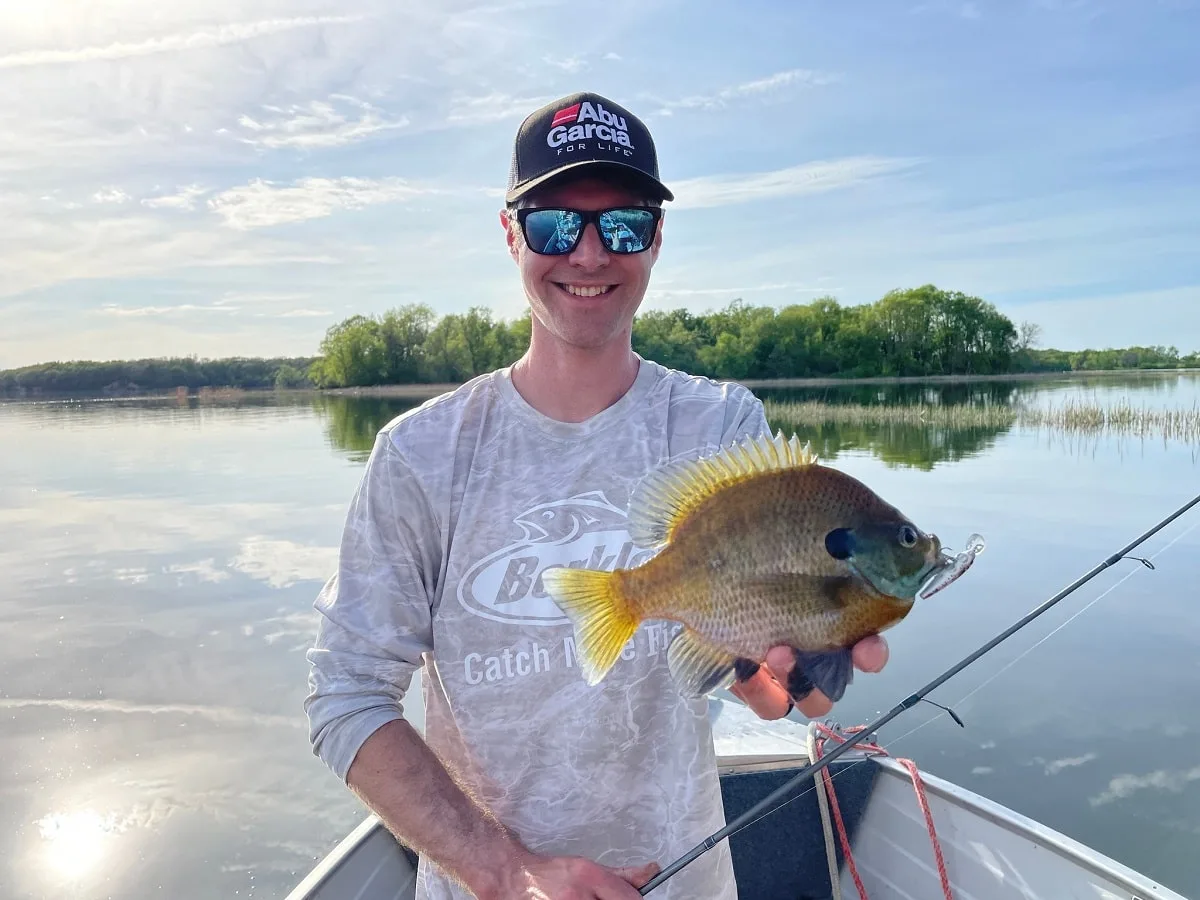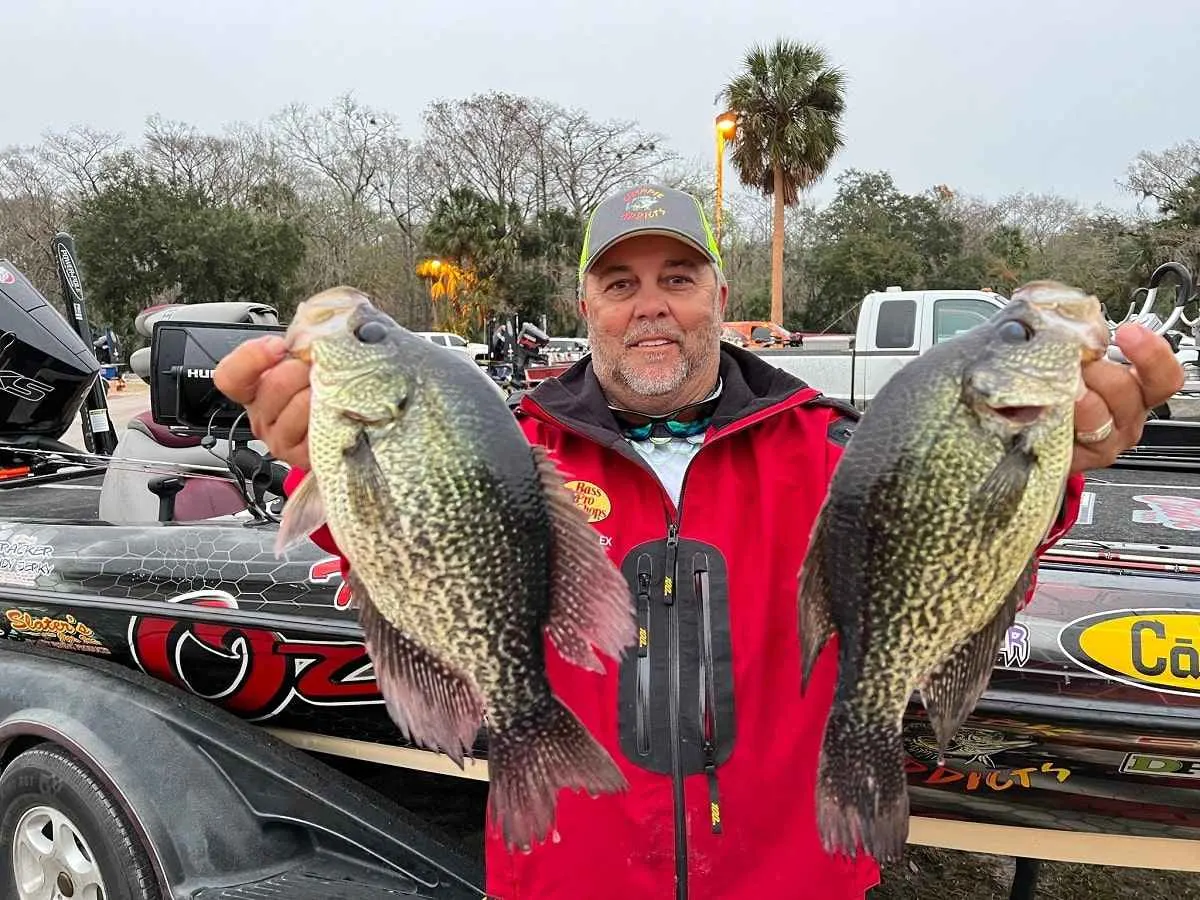Helpful tips and tricks for sport fishing in Canada.
Beluga, white, and lake sturgeon are, by far, the biggest sturgeon species. Belugas can reach a maximum size of over 20 feet and more than 3,000 pounds. White sturgeon can have a maximum size of about 20 feet and 1,500 pounds. Lake sturgeon can reach a size of 8 feet and 250 pounds.
Read More about How Big Do Sturgeon Get? (Average and Record Sizes)
Bluegills are most active during and after the spawn when the water has a temperature of approximately 55 to 75°F. The fishing for bluegill is often at its best on days with a light to moderate breeze, a slowly falling barometer, and a slightly overcast sky.
Read More about What Is the Best Weather for Bluegill Fishing?

